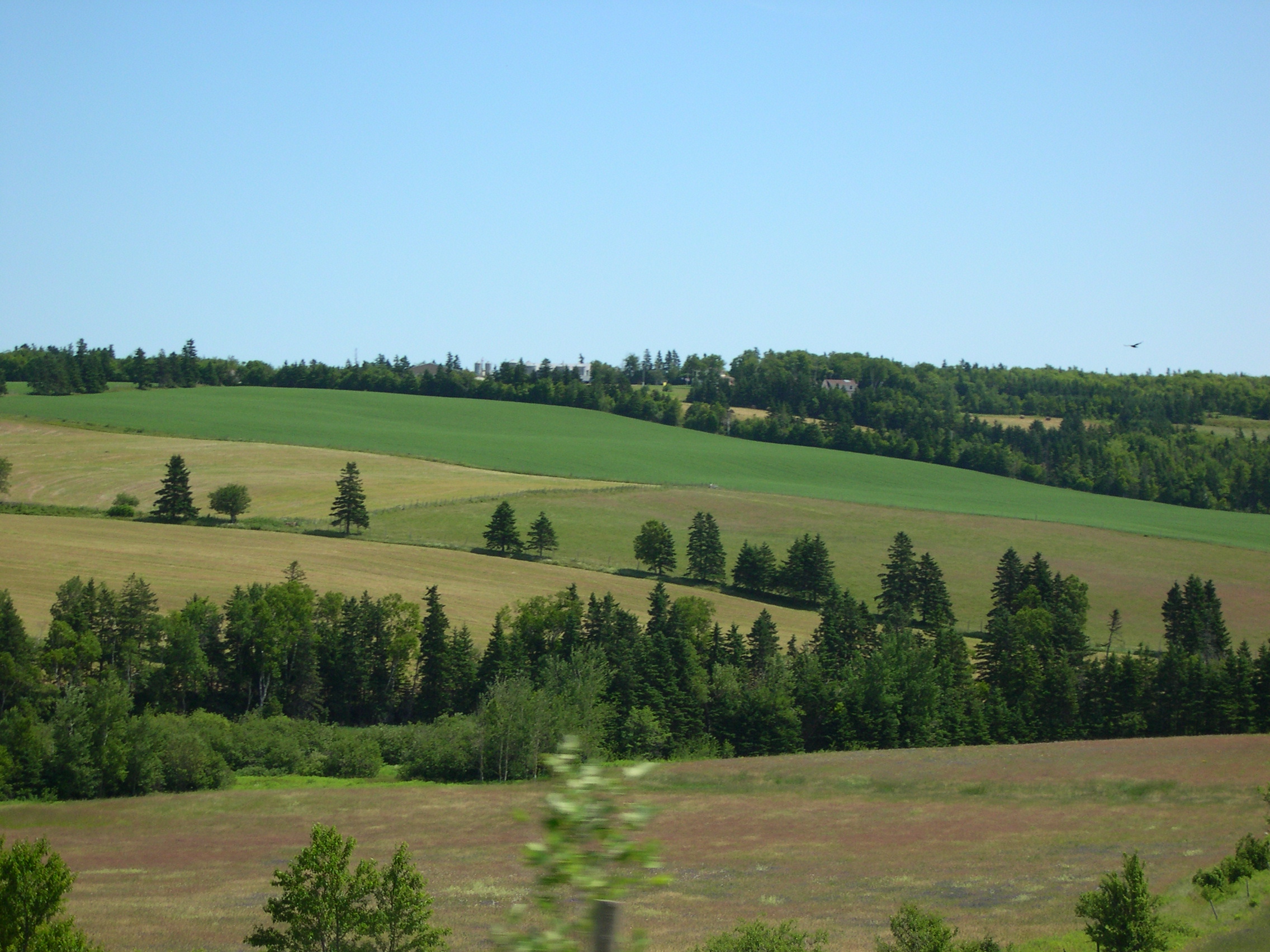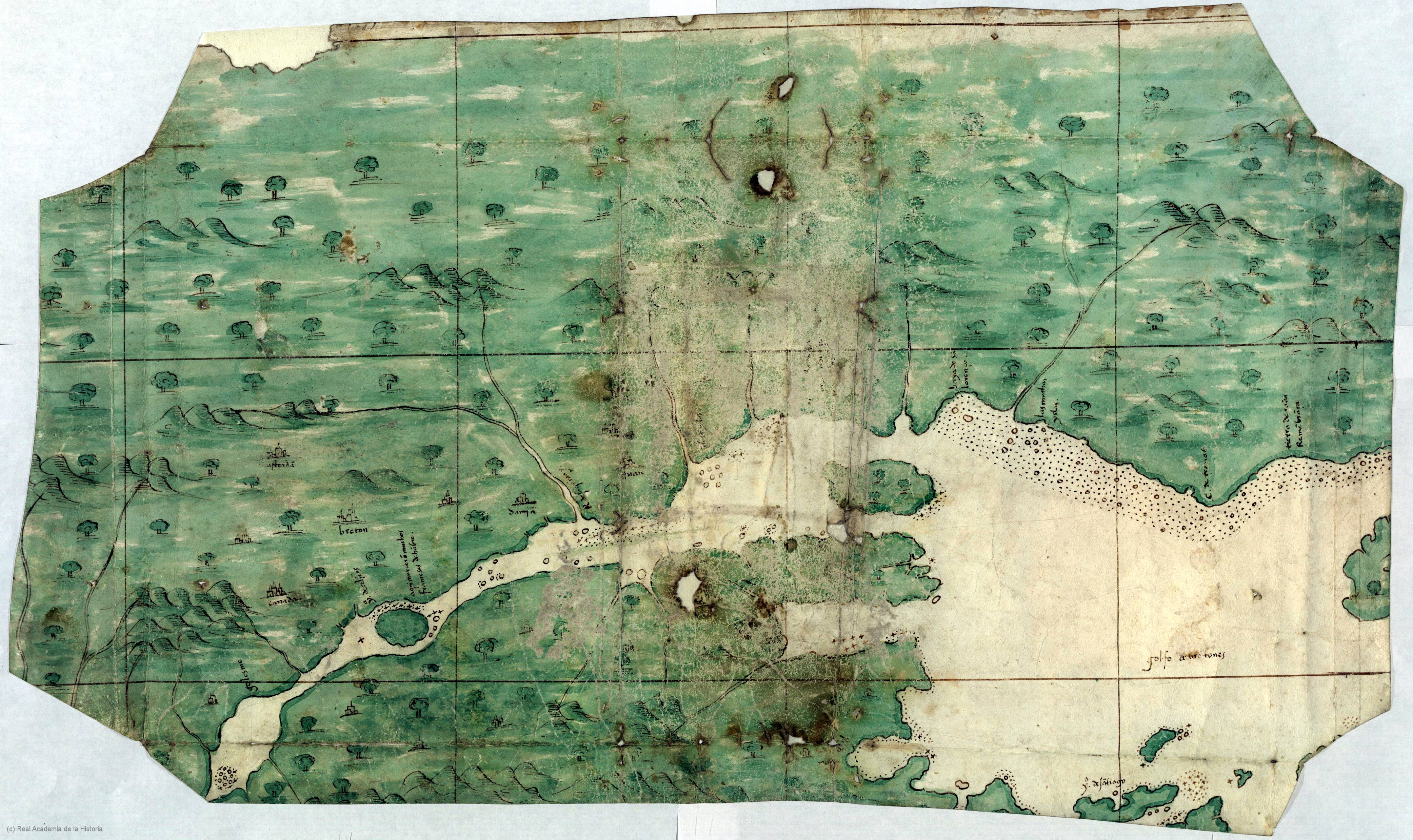|
Mi'kma'ki
Mi'kma'ki or Mi'gma'gi is composed of the traditional and current territories, or country, of the Mi'kmaq people, in what is now Nova Scotia, New Brunswick, Prince Edward Island, and eastern Quebec, Canada. It is shared by an Non-governmental organization, inter-Nation forum among Mi'kmaq First Nations in Canada, First Nations and is divided into seven geographical and traditional districts with Newfoundland (island), ''Taqamkuk'' being separately represented as an eighth district, formerly joined with Cape Breton Island, ''Unama'ki'' (Cape Breton). Mi'kma'ki and the Mi'kmaq, Mi'kmaw Nation are one of the confederated entities within the Wabanaki Confederacy. History Each district was autonomous, headed by a ''Sachem, Sagamaw''. He would meet with Wampum readers and knowledge keepers called ''turkey keepers'', a women's council, and the ''Kji Sagamaw'', or Grand Chief, to form the Grand Council (Mi'kmaq), ''Sante'Mawio'mi'' (or ''Mi'kmawey Mawio'mi''), the Grand Council. The se ... [...More Info...] [...Related Items...] OR: [Wikipedia] [Google] [Baidu] |
Mi'kmaq
The Mi'kmaq (also ''Mi'gmaq'', ''Lnu'', ''Mi'kmaw'' or ''Mi'gmaw''; ; , and formerly Micmac) are an Indigenous group of people of the Northeastern Woodlands, native to the areas of Canada's Atlantic Provinces, primarily Nova Scotia, New Brunswick, Prince Edward Island, and Newfoundland, and the Gaspé Peninsula of Quebec as well as Native Americans in the northeastern region of Maine. The traditional national territory of the Mi'kmaq is named Mi'kma'ki (or Mi'gma'gi). There are 66,748 Mi'kmaq people in the region as of 2023 (including 25,182 members in the more recently formed Qalipu First Nation in Newfoundland). According to the Canadian 2021 census, 9,245 people claim to speak Mi'kmaq, an Eastern Algonquian language. Once written in Mi'kmaw hieroglyphic writing, it is now written using most letters of the Latin alphabet. The Mi'kmaq, Maliseet, and Pasamaquoddy nations signed a series of treaties known as the Covenant Chain of Peace and Friendship Treaties with ... [...More Info...] [...Related Items...] OR: [Wikipedia] [Google] [Baidu] |
Grand Council (Mi'kmaq)
The Grand Council (Santé Mawiómi or Mi'kmawey Mawio'mi) is the normal senior level of government for the Mi'kmaq, based in present-day Canada, until passage of the Indian Act in 1876, requiring elected governments. After the Indian Act, the Grand Council adopted a more spiritual function. The Grand Council was made up of representatives from the seven district councils in Mi'kma'ki and ''Keptinaq'' ("captains"), who were the district chiefs. There were also elders, the ''putús'', the women's council, and the Grand Chief. The ''putús'' recorded the Mi'kmaq Grand Council meetings by stories and the creation of wampum belts, a kind of visual history, and dealt with the treaties with other native tribes and non-native groups. The hereditary chiefs of the traditional Grand Council continue to have a role, but the legal authority to govern has been largely transferred by the Indian Act to the elected chiefs and councils. Establishment The Grand Council was created following the ... [...More Info...] [...Related Items...] OR: [Wikipedia] [Google] [Baidu] |
Mi'kmaq Language
The Miꞌkmaq language ( ; ), or , is an Eastern Algonquian language spoken by nearly 11,000 Miꞌkmaq in Canada and the United States; the total ethnic Miꞌkmaq population is roughly 20,000. The native name of the language is , or (in some dialects). The word is a plural word meaning 'my friends' (singular Micmac Teaching Grammar. Delisle / Metallic 1976.); the adjectival form is . Phonology The phonemic inventory of Miꞌkmaq is shown below. Vowels Consonants The sounds of Miꞌkmaq can be divided into two groups: obstruents () and sonorants ( and all vowels). The obstruents have a wide variety of pronunciations. When they are located word-initially or next to another obstruent, they are voiceless . However, when they are located between sonorants, they are voiced, and appear as . When the plosives and affricate (namely ) are located word-finally, they may be aspirated and appear as . An example of each kind of pronunciation is given below. Miꞌkmaq distinguish ... [...More Info...] [...Related Items...] OR: [Wikipedia] [Google] [Baidu] |
Prince Edward Island
Prince Edward Island is an island Provinces and territories of Canada, province of Canada. While it is the smallest province by land area and population, it is the most densely populated. The island has several nicknames: "Garden of the Gulf", "Birthplace of Canadian Confederation, Confederation" and "Cradle of Confederation". Its capital and largest city is Charlottetown. It is one of the three Maritime provinces and one of the four Atlantic provinces. Part of the traditional lands of the Mi'kmaq, it was colonized by the French in 1604 as part of the colony of Acadia. The island, known as Isle St-Jean (St. John's Island), was ceded to the British at the conclusion of the Seven Years' War in 1763 and became part of the colony of Nova Scotia. In 1769, St. John's Island became its own British colony and its name was changed to Prince Edward Island (PEI) in 1798. PEI hosted the Charlottetown Conference in 1864 to discuss a Maritime Union, union of the Maritime provinces; however, ... [...More Info...] [...Related Items...] OR: [Wikipedia] [Google] [Baidu] |
Nova Scotia
Nova Scotia is a Provinces and territories of Canada, province of Canada, located on its east coast. It is one of the three Maritime Canada, Maritime provinces and Population of Canada by province and territory, most populous province in Atlantic Canada, with an estimated population of over 1 million as of 2024; it is also the second-most densely populated province in Canada, and second-smallest province by area. The province comprises the Nova Scotia peninsula and Cape Breton Island, as well as 3,800 other coastal islands. The province is connected to the rest of Canada by the Isthmus of Chignecto, on which the province's land border with New Brunswick is located. Nova Scotia's Capital city, capital and largest municipality is Halifax, Nova Scotia, Halifax, which is home to over 45% of the province's population as of the 2021 Canadian census, 2021 census. Halifax is the List of census metropolitan areas and agglomerations in Canada, twelfth-largest census metropolitan area in ... [...More Info...] [...Related Items...] OR: [Wikipedia] [Google] [Baidu] |
Cape Breton Island
Cape Breton Island (, formerly '; or '; ) is a rugged and irregularly shaped island on the Atlantic coast of North America and part of the province of Nova Scotia, Canada. The island accounts for 18.7% of Nova Scotia's total area. Although the island is physically separated from the Nova Scotia peninsula by the Strait of Canso, the long Canso Causeway connects it to mainland Nova Scotia. The island is east-northeast of the mainland with its northern and western coasts fronting on the Gulf of Saint Lawrence with its western coast forming the eastern limits of the Northumberland Strait. The eastern and southern coasts front the Atlantic Ocean with its eastern coast also forming the western limits of the Cabot Strait. Its landmass slopes upward from south to north, culminating in the Cape Breton Highlands, highlands of its northern cape. A large body of saltwater, the ("Golden Arm" in French), dominates the island's centre. The total population at the 2016 Canadian Census, 20 ... [...More Info...] [...Related Items...] OR: [Wikipedia] [Google] [Baidu] |
Wabanaki Confederacy
The Wabanaki Confederacy (''Wabenaki, Wobanaki'', translated to "People of the Dawn" or "Easterner"; also: Wabanakia, "Dawnland") is a North American First Nations and Native American confederation of five principal Eastern Algonquian nations: the Abenaki, Mi'kmaq, Wolastoqiyik, Passamaquoddy (''Peskotomahkati'') and Penobscot. There were more tribes, along with many bands, that were once part of the Confederation. Native tribes such as the Nanrantsouak, Alemousiski, Pennacook, Sokoki, and Canibas, through massacres, tribal consolidation, and ethnic label shifting were absorbed into the five larger national identities. Members of the Wabanaki Confederacy, the Wabanakiyak, are located in and named for the area which they call Wabanaki ("Dawnland"), roughly the area that became the French colony of Acadia. The territory boundaries encompass present-day Maine, New Hampshire, and Vermont, in the United States, and New Brunswick, mainland Nova Scotia, Cape Breton Island, Pri ... [...More Info...] [...Related Items...] OR: [Wikipedia] [Google] [Baidu] |
Quebec
Quebec is Canada's List of Canadian provinces and territories by area, largest province by area. Located in Central Canada, the province shares borders with the provinces of Ontario to the west, Newfoundland and Labrador to the northeast, New Brunswick to the southeast and a coastal border with the territory of Nunavut. In the south, it shares a border with the United States. Between 1534 and 1763, what is now Quebec was the List of French possessions and colonies, French colony of ''Canada (New France), Canada'' and was the most developed colony in New France. Following the Seven Years' War, ''Canada'' became a Territorial evolution of the British Empire#List of territories that were once a part of the British Empire, British colony, first as the Province of Quebec (1763–1791), Province of Quebec (1763–1791), then Lower Canada (1791–1841), and lastly part of the Province of Canada (1841–1867) as a result of the Lower Canada Rebellion. It was Canadian Confederation, ... [...More Info...] [...Related Items...] OR: [Wikipedia] [Google] [Baidu] |
New Brunswick
New Brunswick is a Provinces and Territories of Canada, province of Canada, bordering Quebec to the north, Nova Scotia to the east, the Gulf of Saint Lawrence to the northeast, the Bay of Fundy to the southeast, and the U.S. state of Maine to the west. It is part of Eastern Canada and is one of the three Maritime Canada, Maritime provinces and one of the four Atlantic Canada, Atlantic provinces. The province is about 83% forested and its northern half is occupied by the Appalachians. The province's climate is continental climate, continental with snowy winters and temperate summers. New Brunswick has a surface area of and 775,610 inhabitants (2021 census). Atypically for Canada, only about half of the population lives in urban areas - predominantly in Moncton, Saint John, New Brunswick, Saint John and Fredericton. In 1969, New Brunswick passed the New Brunswick Official Languages Act (1969), Official Languages Act which began recognizing French as an official language, along ... [...More Info...] [...Related Items...] OR: [Wikipedia] [Google] [Baidu] |
Country
A country is a distinct part of the world, such as a state, nation, or other political entity. When referring to a specific polity, the term "country" may refer to a sovereign state, state with limited recognition, constituent country, or dependent territory. Most sovereign states, but not all countries, are members of the United Nations. There is no universal agreement on the number of "countries" in the world, since several states have disputed sovereignty status or limited recognition, and a number of non-sovereign entities are commonly considered countries. The definition and usage of the word "country" are flexible and have changed over time. '' The Economist'' wrote in 2010 that "any attempt to find a clear definition of a country soon runs into a thicket of exceptions and anomalies." Areas much smaller than a political entity may be referred to as a "country", such as the West Country in England, "big sky country" (used in various contexts of the American We ... [...More Info...] [...Related Items...] OR: [Wikipedia] [Google] [Baidu] |







